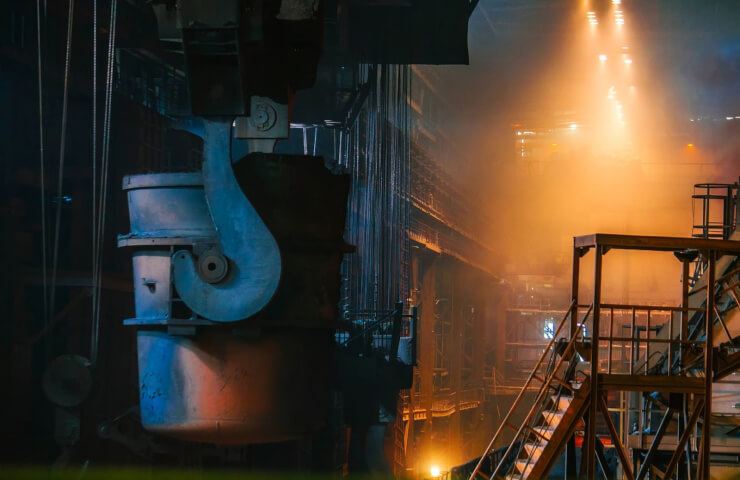MEPS has lowered its annual crude steel production forecast to 1,940 million tonnes for 2021. However, this figure is a new peak for global steel production and represents an increase of 3.4 percent year on year.
The main reason for the revision was the recent contraction in the activity of the metallurgical industry in China. Calls from the government to cap annual production at 2020 levels were initially ignored. By the second half of the year, local authorities tightened restrictions on the activities of metallurgical plants.
Manufacturing in highly polluting industries, including steel, is under close scrutiny. Improving air quality ahead of the Beijing 2022 Winter Olympics is a priority for the Chinese administration. Consequently, total global steel production is expected to decline 3.2 percent this year.
Market participants are closely monitoring China's political decisions to determine its future ambitions. MEPS believes that the level of production in the country will grow in the next five years, but at a much slower pace than in recent years. China's share of total Asian production is expected to decline, albeit marginally.
North American crude steel forecasts are range-bound. According to forecasts, 120 million tons of liquid steel will be produced in 2026. Manufacturing in the United States accounts for over 70 percent of this total. Significant government investments in infrastructure projects are planned for the next ten years. However, regional economic growth is expected to slow after the initial recovery from the pandemic.
In the European Union, annual production is projected to increase by more than 15 percent to 153 million tonnes in 2021. Production is set to rise in the coming years, but this figure is unlikely to return to its recent peak in 2017. Germany and Italy will strengthen their position as major producers in the region. The existing plants are expected to decarbonize their operations. In addition, new installed capacity is likely to focus on low-emission green steel production. However, they should only be operational from 2026.
Manufacturing in India will continue to grow over the next five years thanks to a massive investment in steelmaking capacity. The new plants are expected to use a mixture of oxygen and electric arc furnaces. The planned modernization of large and small cities in the country will lead to an increase in steel consumption. Further widening of the gap between the annual output in India and Japan is envisaged.
In Japan, the restructuring of the domestic steel industry should lead to moderate production growth in the medium term. Uncompetitive blast-furnace production is shutting down. This should prevent cumulative crude steel production from rising above 100 million tonnes over the next five years. A similar consolidation trend is expected in South Korea and Taiwan. These mature markets have little room to increase oil production as steel consumption is already high.
In percentage terms, the largest growth in regional production is expected to be in the Middle East. It is projected that an additional 14 million tonnes of steel will be smelted annually by 2026, compared to 2020. Iran will be the main driver of production growth thanks to significant investment in new electric arc furnace plants.
South America's steel production is set to reach 45.9 million tonnes this year, the highest since 2012. An upward trend is forecast for the period up to 2026. Brazil will remain the main producer in the region.
In Africa, after a double-digit percentage increase in 2021, output growth is projected to slow in the coming years. Administrative obstacles and political constraints are likely to limit investment in new capacity in the medium term.





